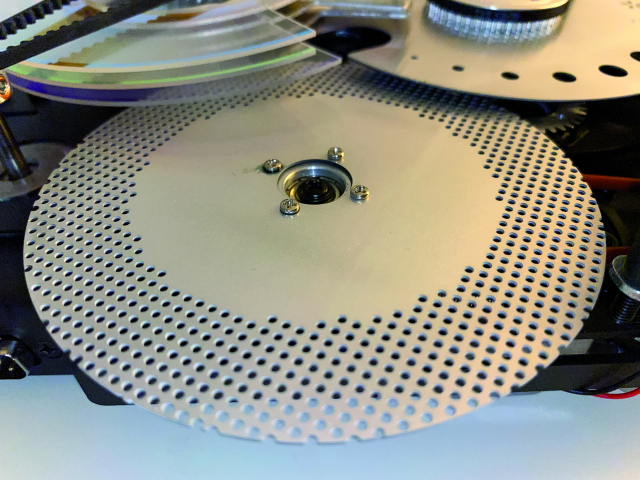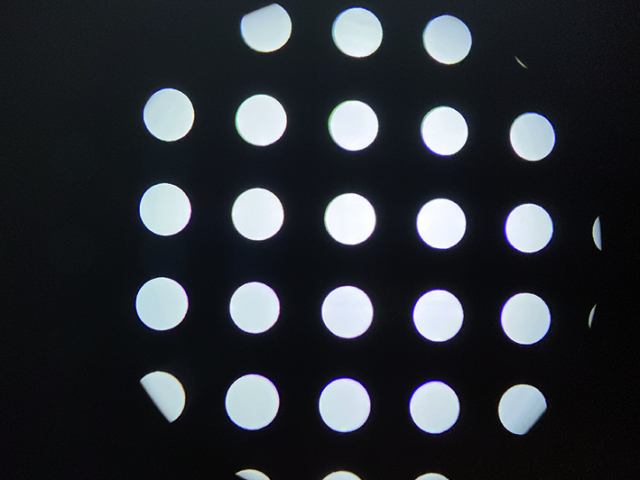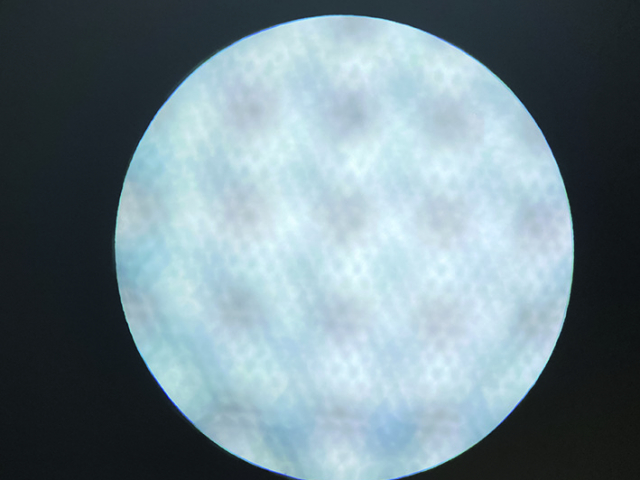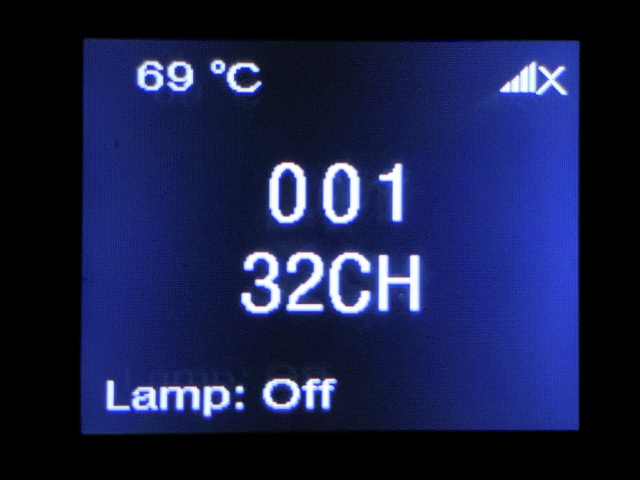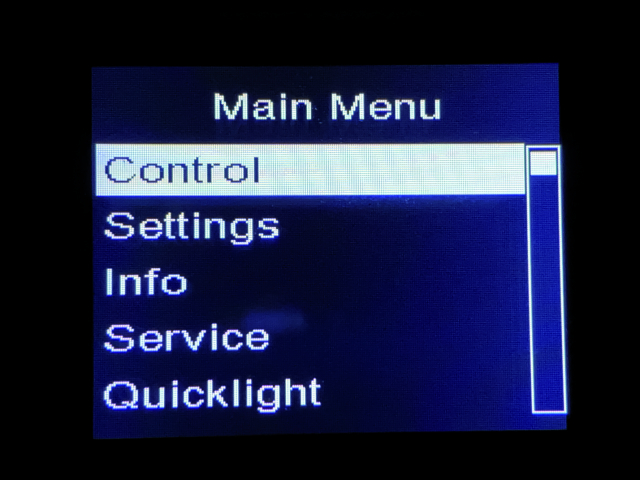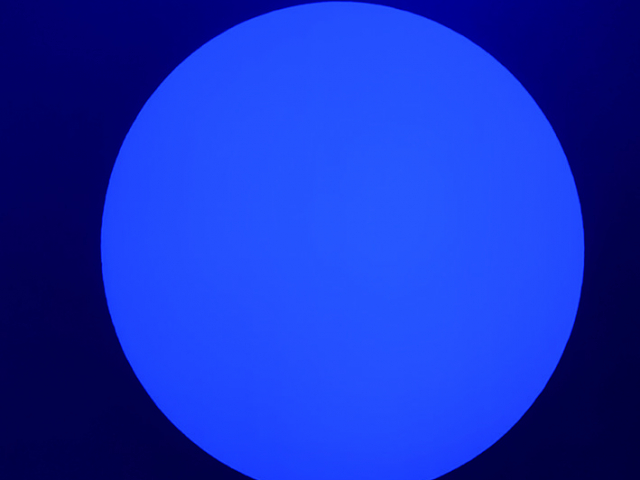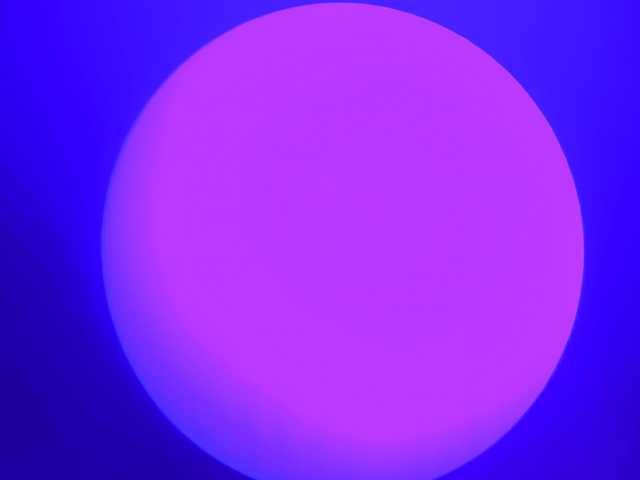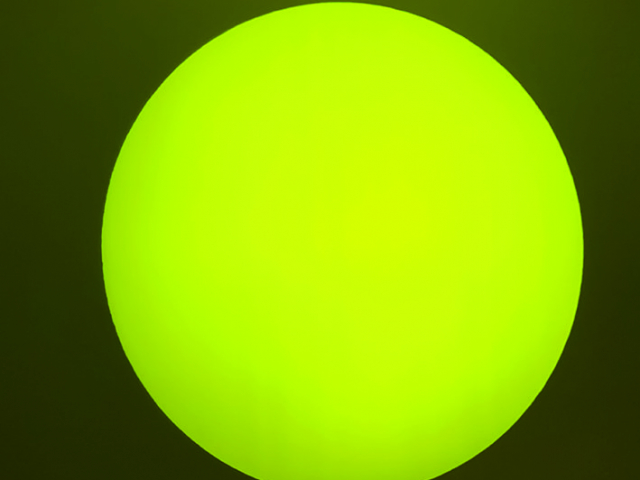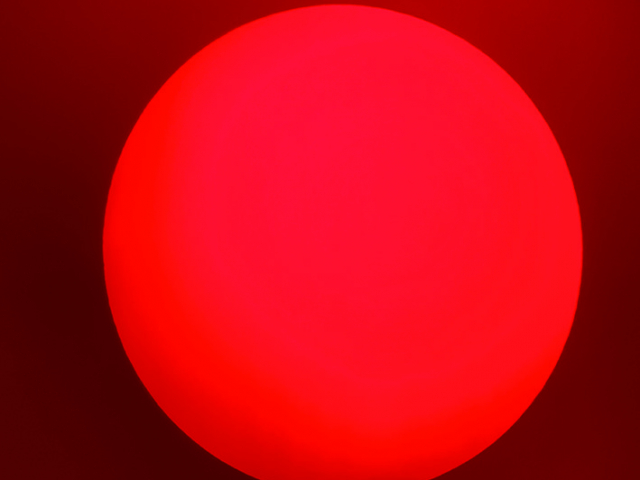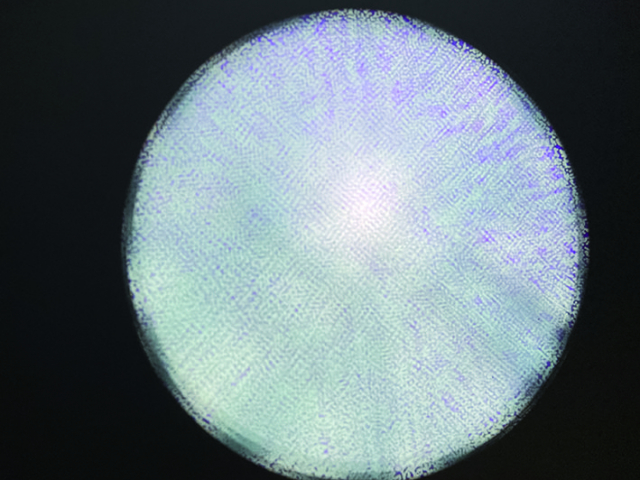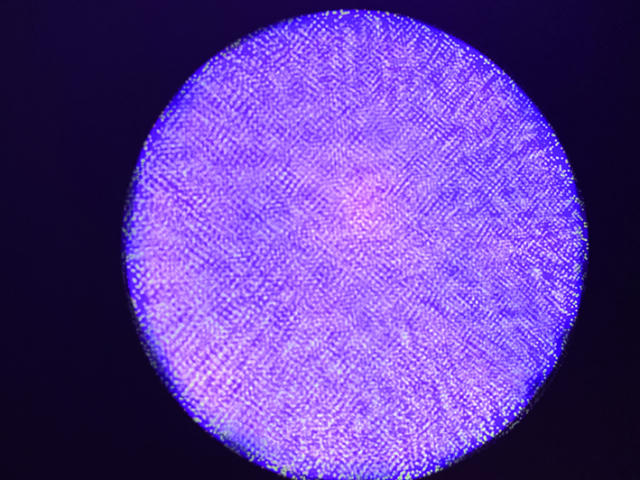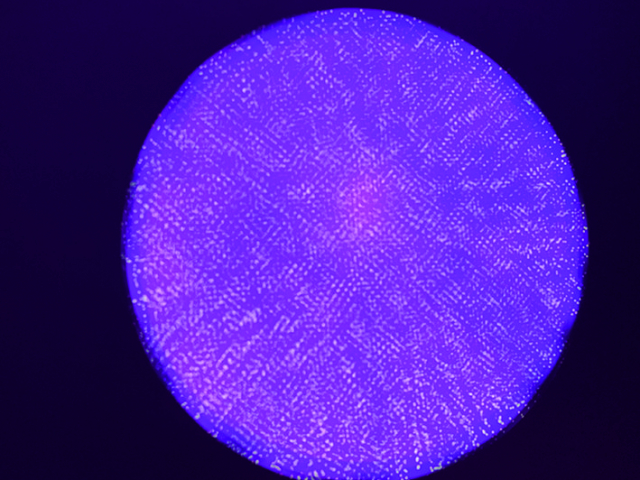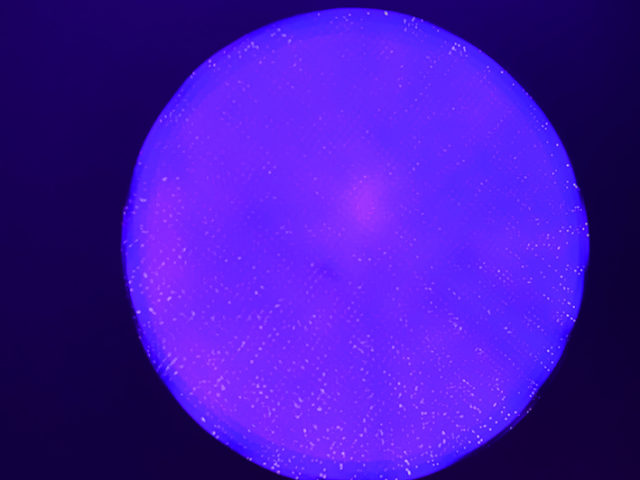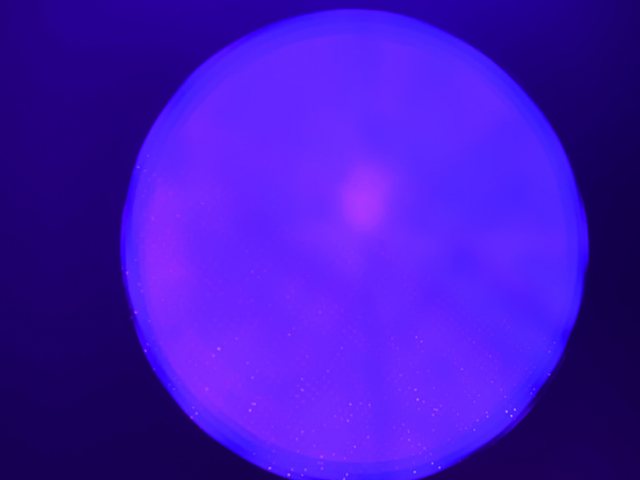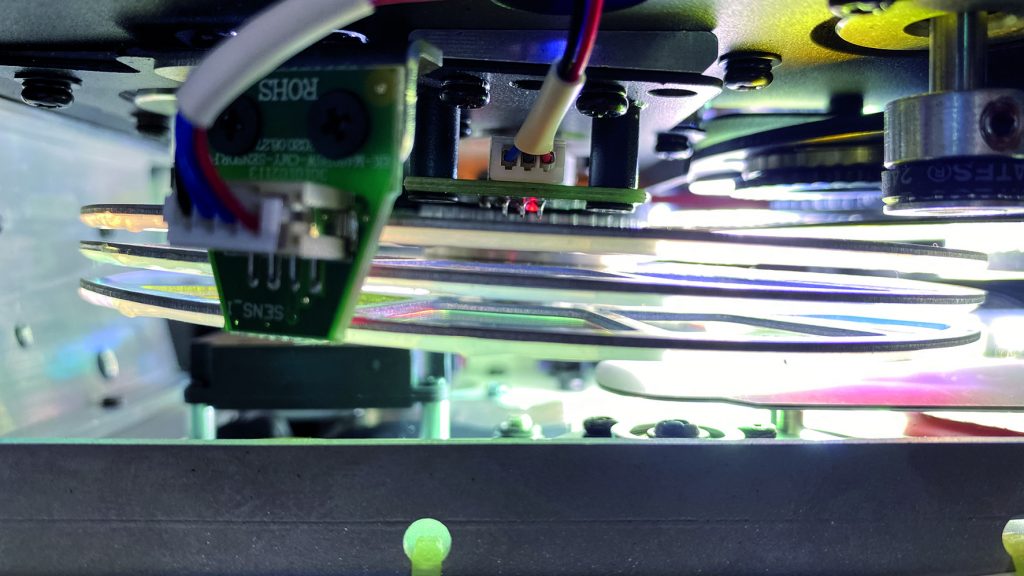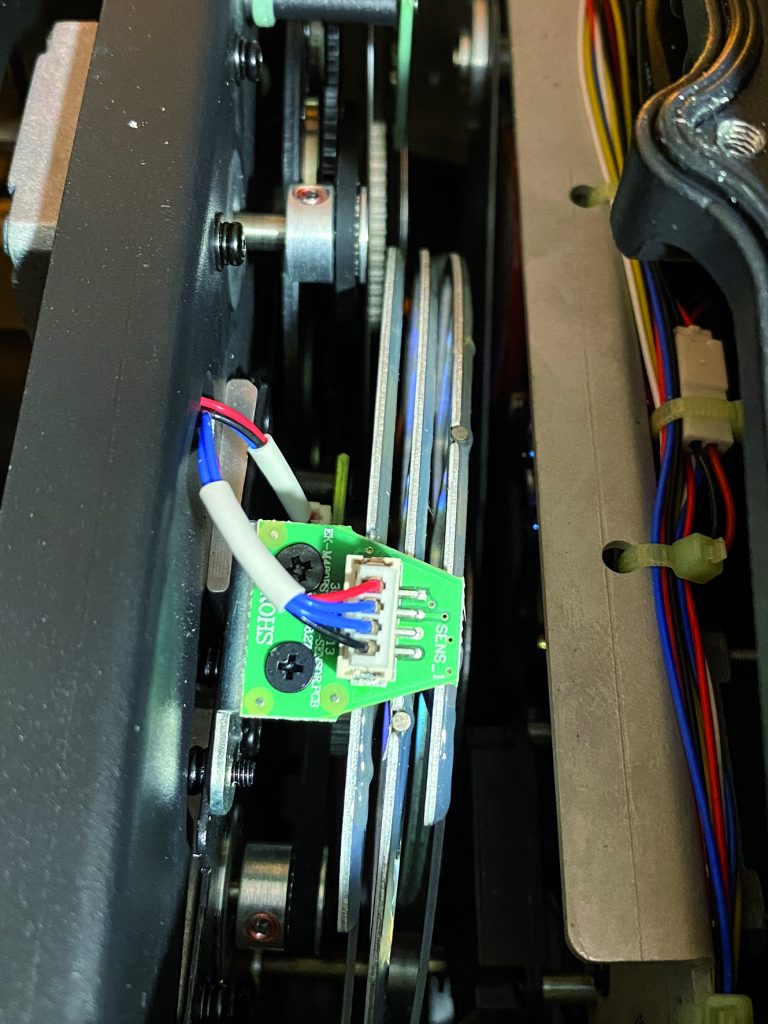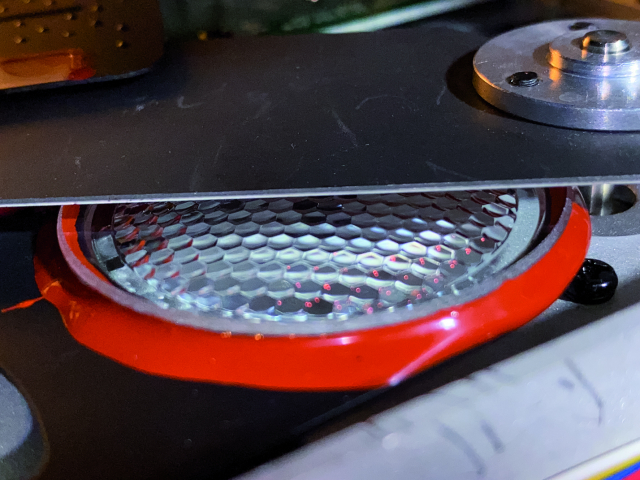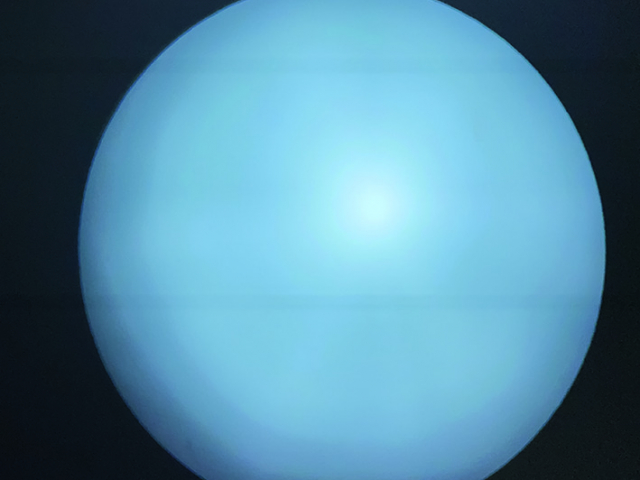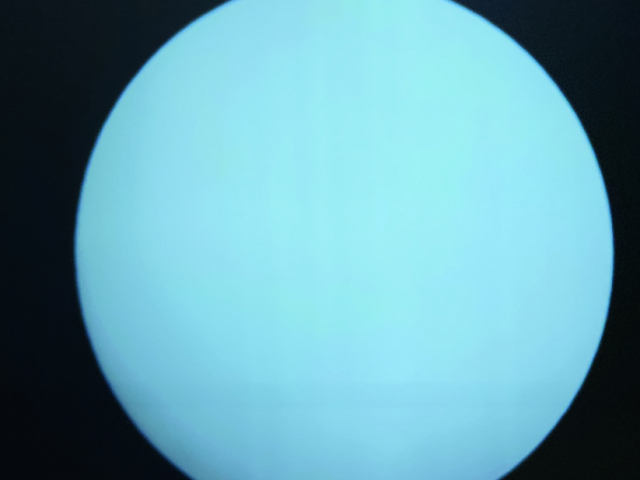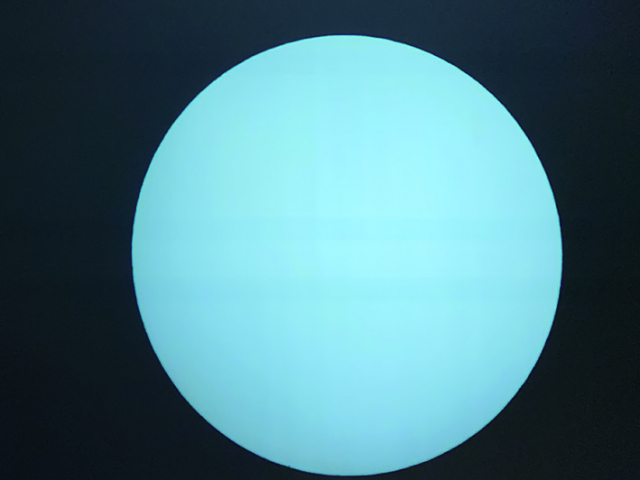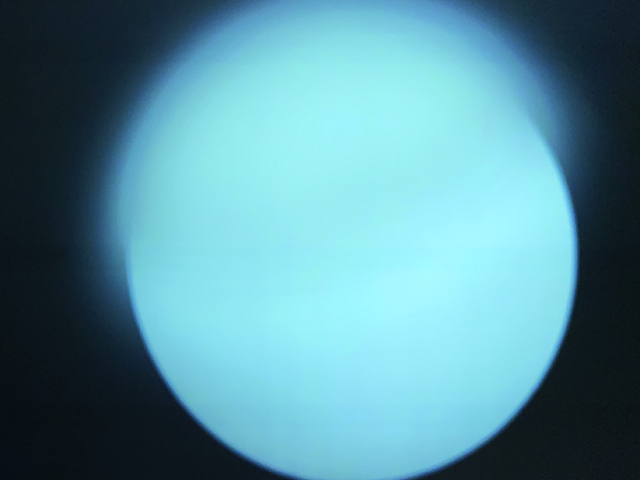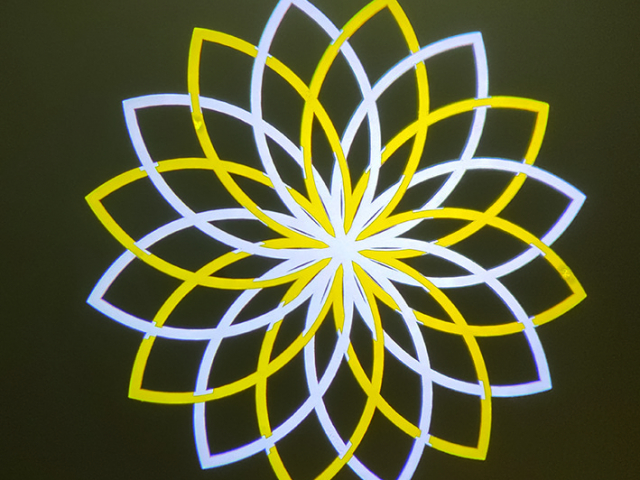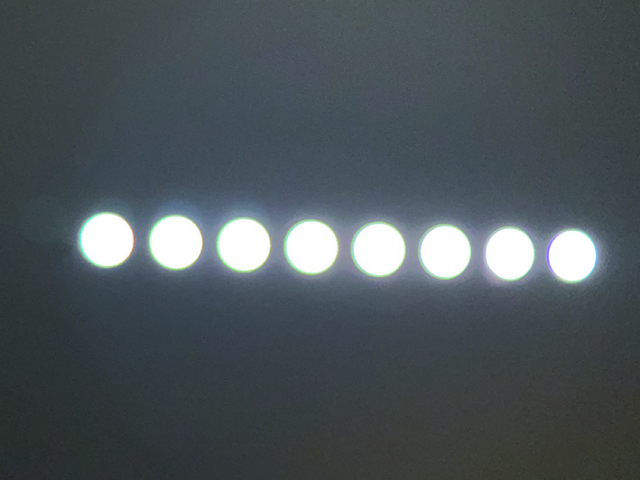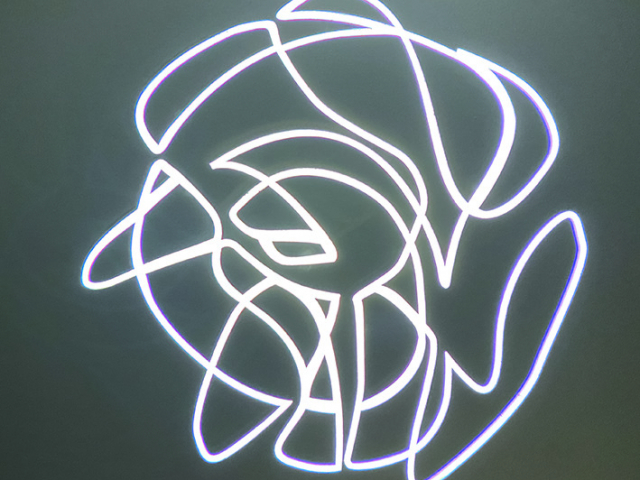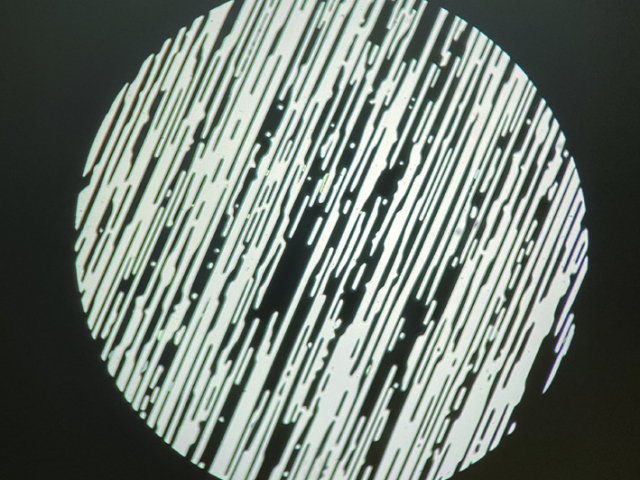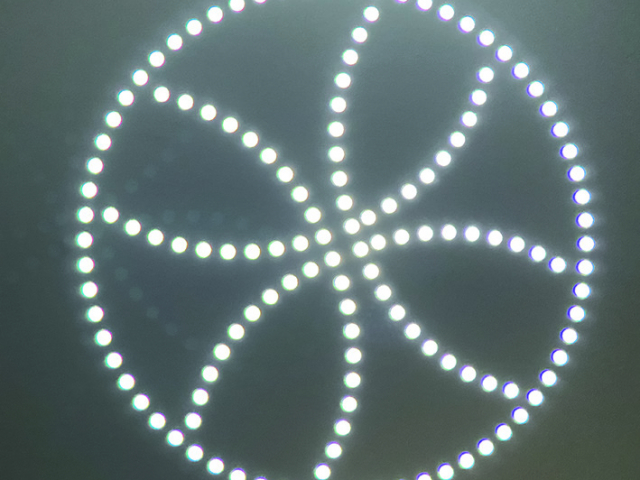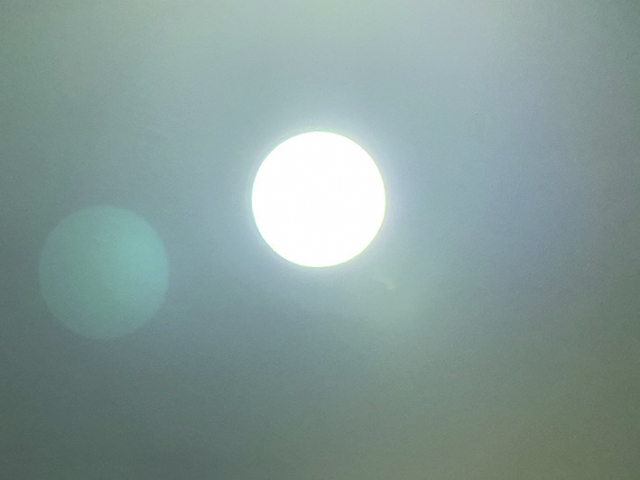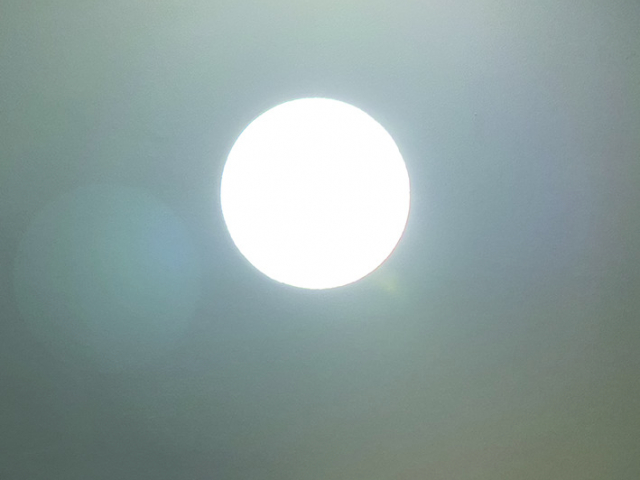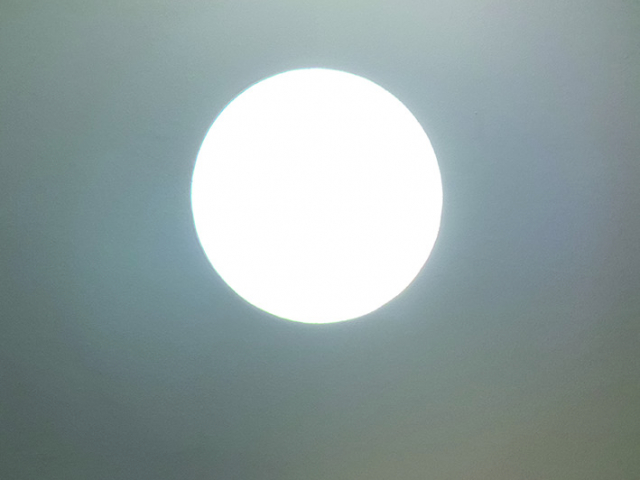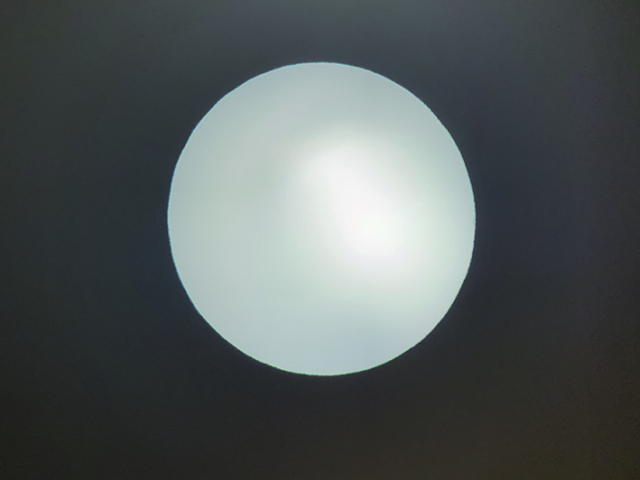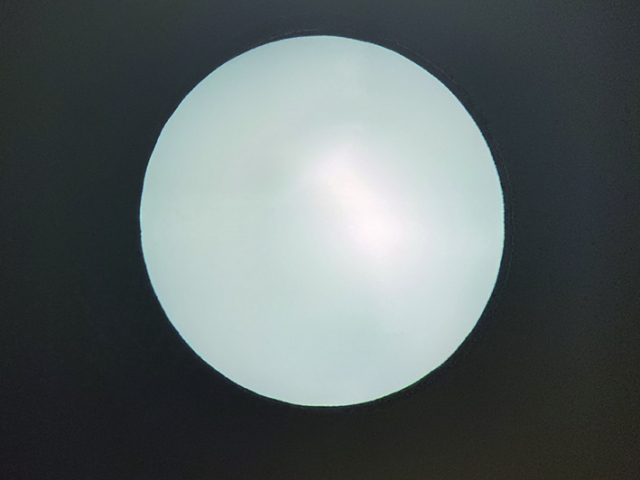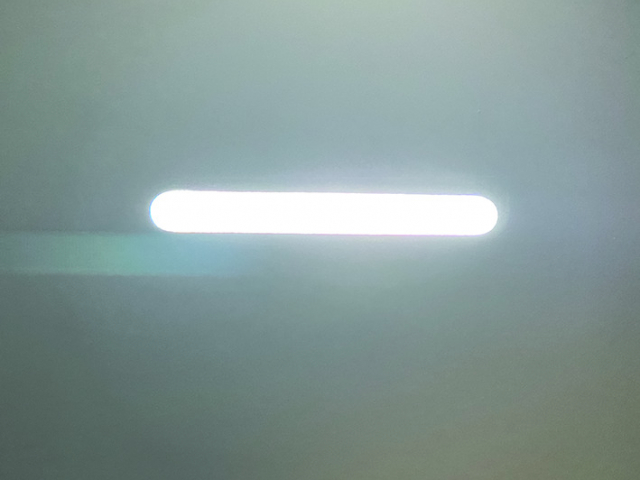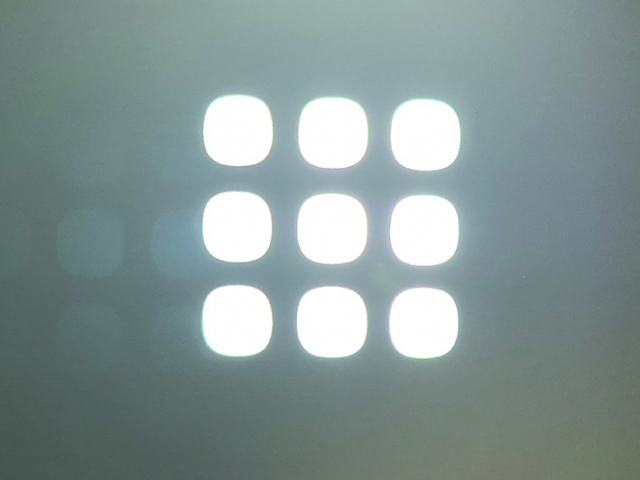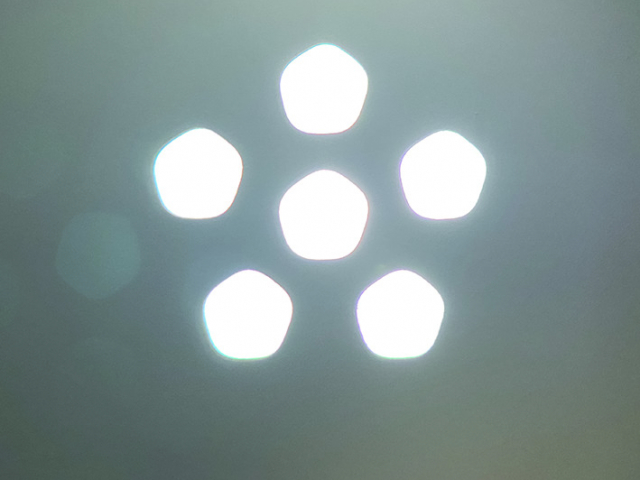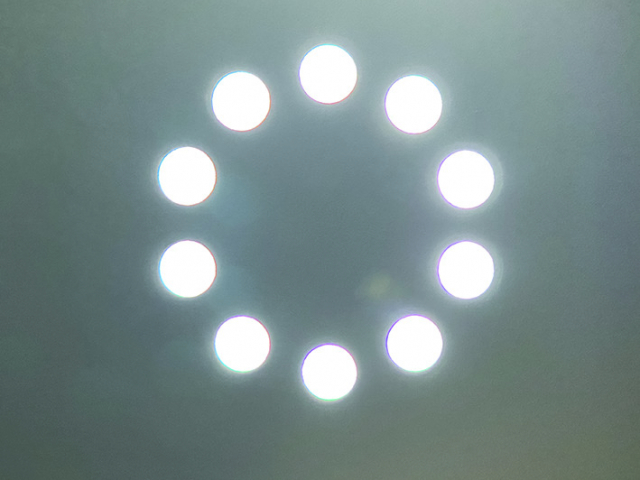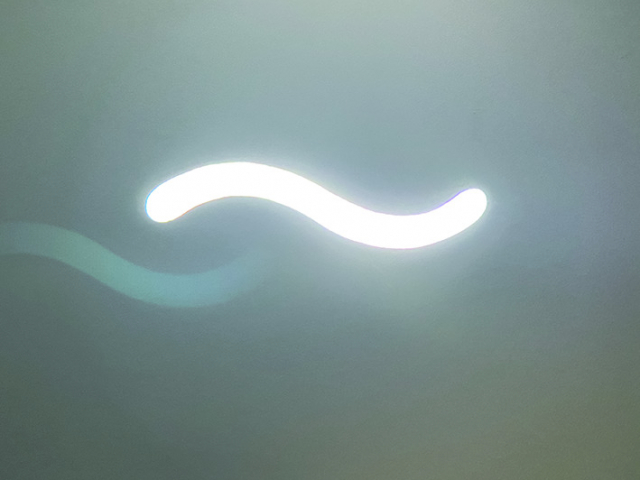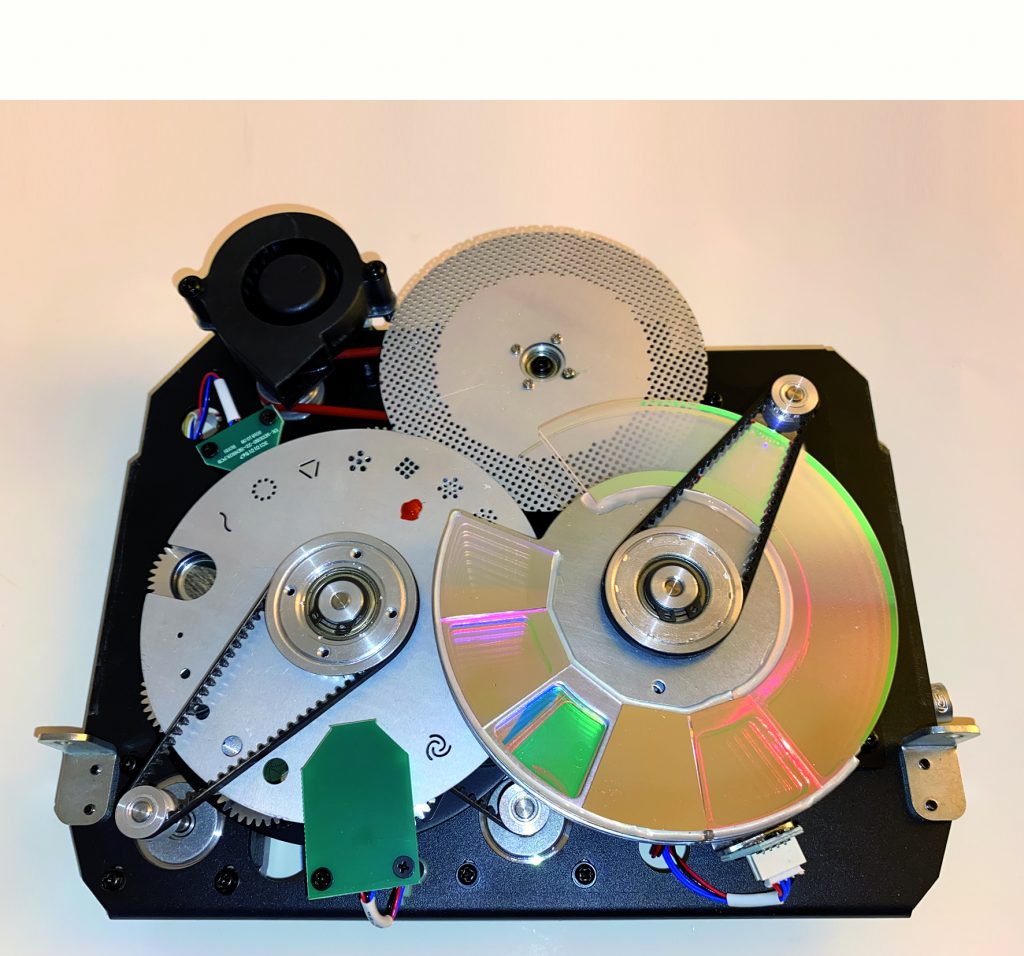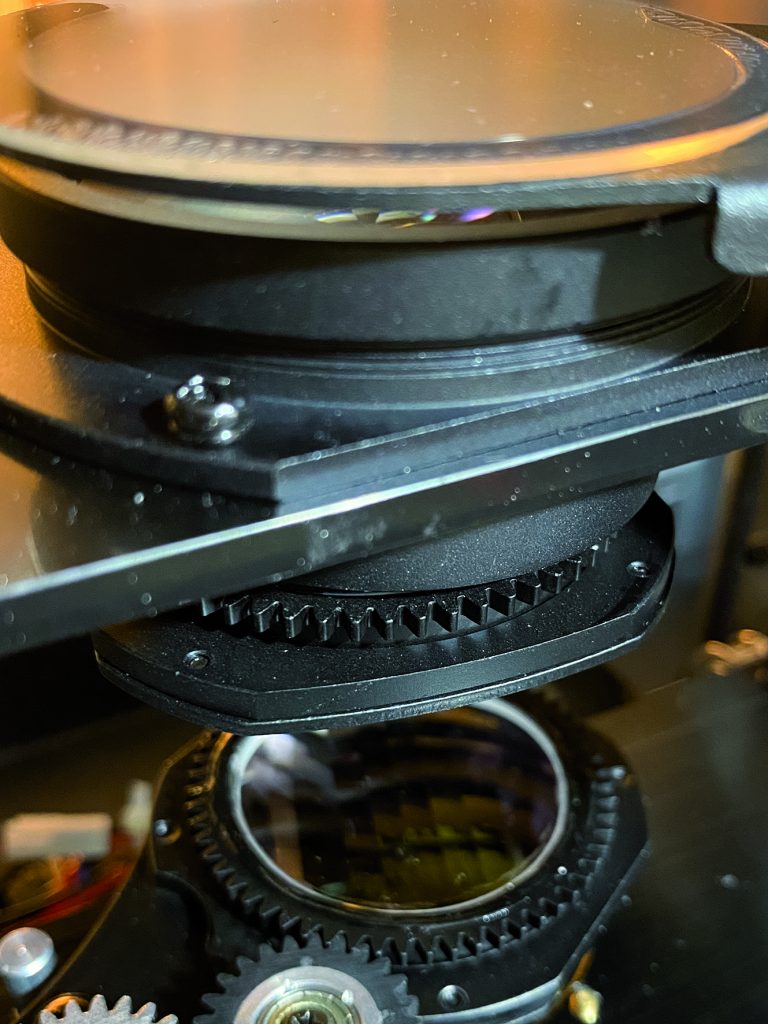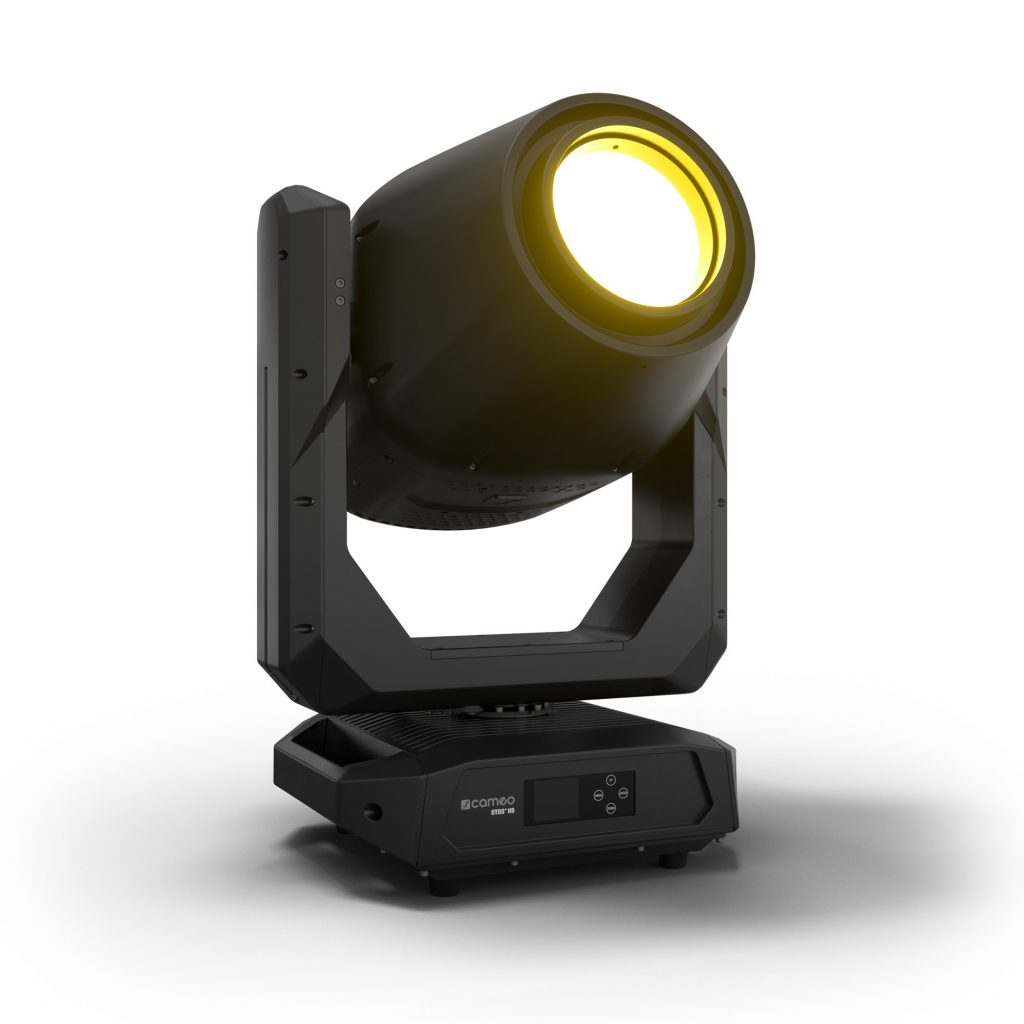Tested: Beam, Spot and Wash Hybrid for Outdoor Use – Cameo OTOS H5
As the saying goes, there is room in the smallest of hovels: This IP65-capable moving head uses the available space with sophisticated efficiency and to the benefit of many effect functions.
Over the past years, the Adam Hall Group, based in Neu-Anspach, Germany, has been able to establish the Cameo name as a brand that should be taken seriously in the professional sector. And it has been able to do so not only in the field of static lighting as the quite young brand’s reliable product portfolio now also includes intelligent moving heads. These are gaining more and more acceptance on the market, not least because of their balanced price/performance ratio. The new Cameo OTOS H5 is the manufacturer’s first moving light for outdoor use and – with its comprehensive functions and an equally adequate price/performance ratio – is said to be suitable for a wide range of applications. We were able to take a close look at a pre-series model in spring, which was even before the official launch, and later visited the company’s headquarters to get a closer look at the finished series models. It was nice to notice that minor inconsistencies in the calibration of some functions, which occurred while we examined the pre-series unit, no longer occurred in the series models’ final software.
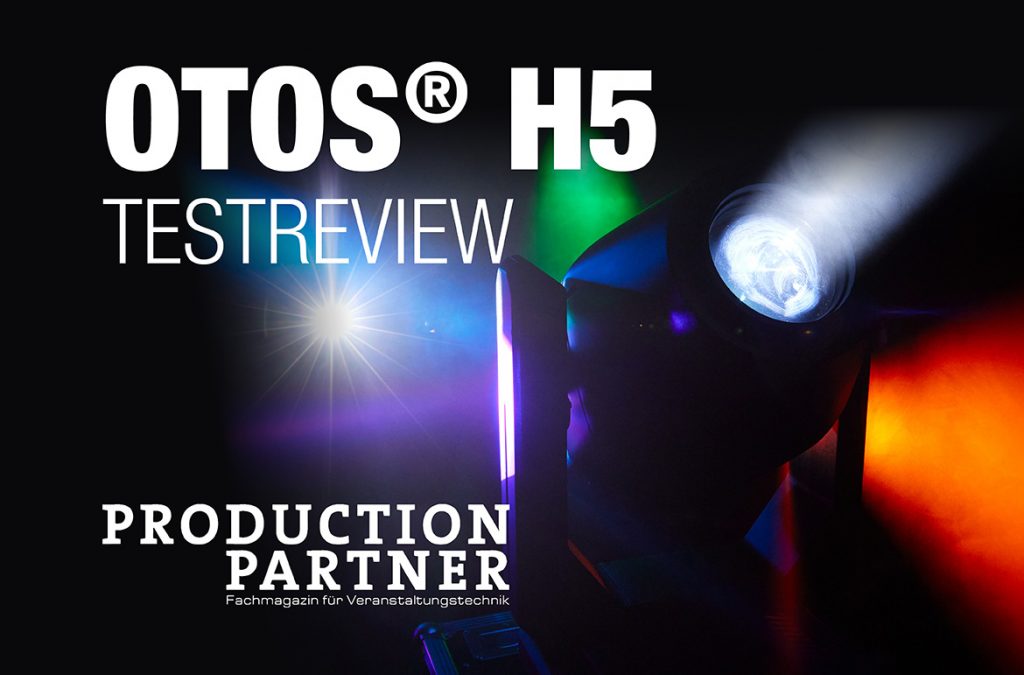
Designed for outdoor use from head to toe
The Cameo OTOS H5’s design is literally well-rounded; it is especially designed to ensure that no or as little rainwater as possible can collect on the luminaire, both when operated standing up and when in a hanging position. For example, the covers on the basement’s top and bottom feature grooves that allow dripping water to run off to the side and away from the display and connections. Further, all of the basement’s and head’s housing parts feature only rounded corners and edges and offer no chance for liquid to collect. Additionally, the OTOS H5 has four stable rubber feet with a height of 15 mm, which means that the unit is at a safe operating height (when standing on the floor) even if water or other liquids should collect underneath it. The front lens is also protected from water accumulation when the unit is operated in an upright position. For this purpose, two small holes are located on the side of the unit’s top-hat just above the lens, allowing liquid to drain off. In this context we should mention that we tested the unit exclusively at normal room temperature and in dry conditions.
The animation wheel as a punched out disc with small holes
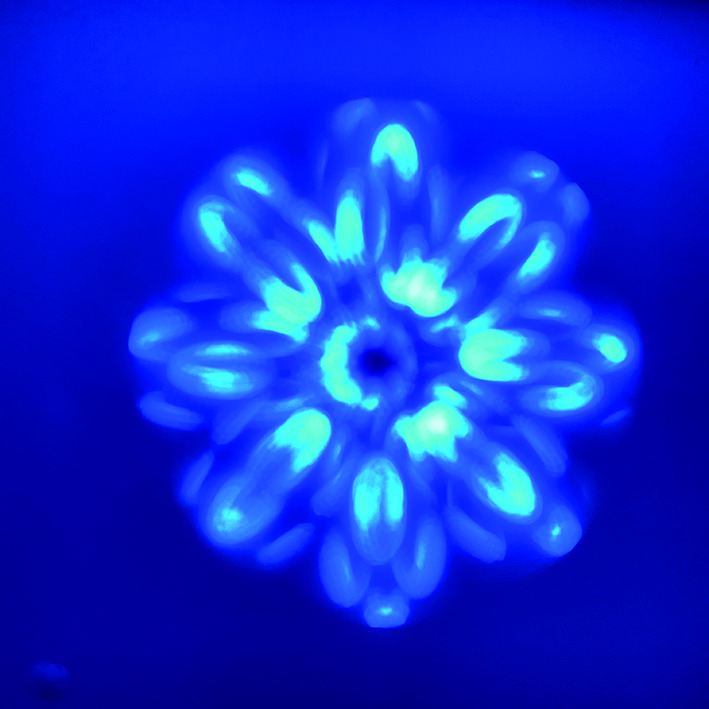
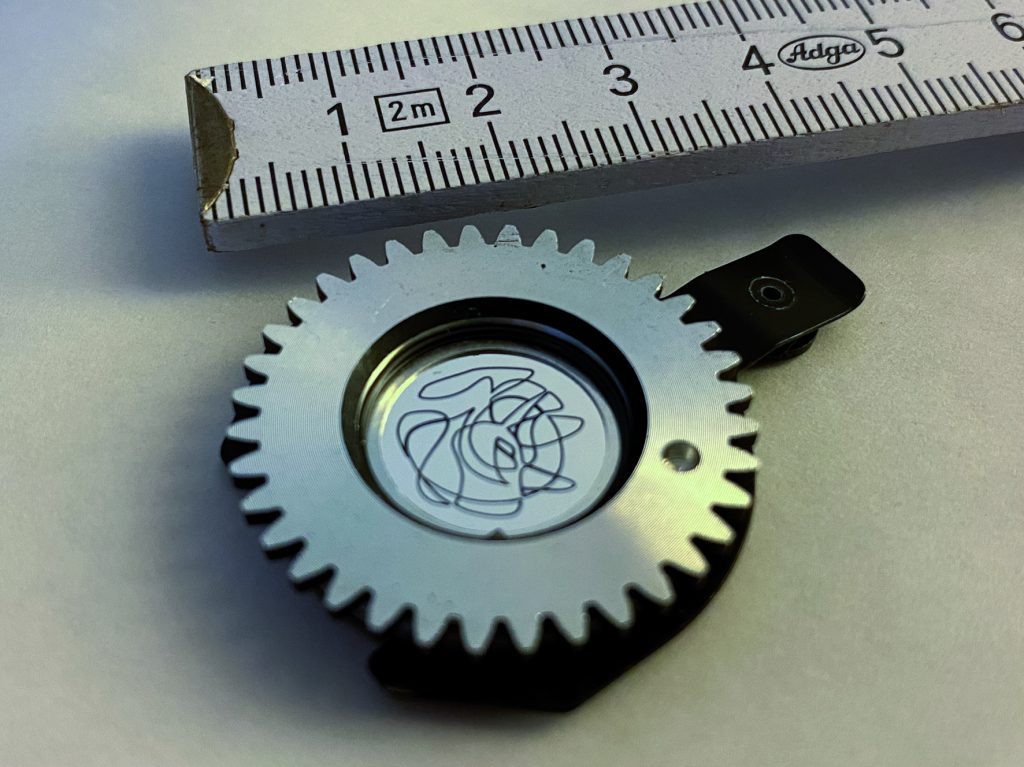
Robust metal housing, only the most necessary connections
With a weight of around 33 kg, which is partly due to the choice of a die-cast aluminium housing, the OTOS H5 may not be a real heavyweight. For safe handling, however, it should always be lifted, moved or mounted by two people. With a width of just over 45 cm, a depth of a good 33 cm and a height of just under 78 cm (when the head is in an upright position), this is facilitated by two additional handles that are recessed into the upper ends of the two brackets. Here, too, all corners or edges are rounded and allow a comfortable and, above all, safe handling of the luminaire. There was a noticeable difference here between the pre-series model and the series model: While edges were noticeable on the inner sides to the left and right of the pre-series’ basement handles, which – depending on how the handle was grasped – could be uncomfortable for the hands when lifting the unit out of a transport box or turning it over, this was fortunately optimised during series production.
The monochrome display is activated by a lithium-ion battery and has a clear menu structure
The front of the basement, as defined by the manufacturer, features both a monochrome TFT display with a screen diagonal of two inches and the four associated controls. With up
to five lines of information, the display, which is protected from moisture by glass, provides a good overview of all functions that can be modified from here. The OTOS H5 is delivered with a lithium-ion battery so that the internal menu structure can be accessed even without an external power supply. The display is activated simply by pressing the enter button. When the fixture is switched on, it takes just under a minute to be ready for use. During the start-up or reset process, no settings can be made in the menu. The unit’s connections are located on the opposite side of the basement. They are clearly structured and, in view of the IP65 classification, all have their own rubber cover. Included are one Powercon True 1 feed and forwarding, two five-pin XLR sockets, a stub antenna for the standard WDMX transceiver (which we did not use due to a lack of peripherals), and a receptacle for a microfuse. As there is no network interface, control via one of the common network protocols is not planned for the future. With four camlock quick-release fasteners arranged square to each other, the basement’s bottom offers the possibility of hanging the unit both straight and rotated by 90°. In addition, there is the obligatory recess with a sufficient size even for larger chain emergency links to accommodate the legally prescribed back-up against falling down. This is the only place on the unit where some rainwater could collect in suspended operation. However, this would not affect operation, as there is no structural possibility of liquid penetration here.
The way to the inside is paved with a lot of screws
Due to its outdoor-ready design, opening the unit’s head and exposing the inner workings of the OTOS H5 is a bit more tedious than it is usually the case with non-outdoor fixtures.
The CMY colour mixing effortlessly blends even problematic colours such as red or green
Colour mixing using magenta as an example: The increase in very fine-grained pigmentation is clearly visible here
To remove the two side covers, eight hexagon socket screws, which are additionally fitted with snap rings, must be completely loosened per side. Some caution is required
here, as these are not captive set screws – presumably for reasons of sealing against moisture ingress. Thus, there is a risk that both screws and snap rings could fall and get lost. However, the cover with the 14.5 cm diameter front lens can be removed without users having to completely remove the eight hexagon socket screws. Even though the head can be locked in both pan and tilt, service work should not be carried out using simply a headlamp and a multi-tool in the basket of a working platform.
For common service purposes, such as replacing gobos, users only need to remove just one of the side covers. Behind the cover is a module that can be removed after loosening only two screws and without having to disconnect a single cable. However, in the space provided for the two locks, there is not a lot of room for a screwdriver
and fingers at the same time. Additionally, unsecured and snap-ring screws are also used here, which have to be completely loosened and removed. Furthermore, these
screws are designed as cross-head screws, so they require another, different tool and have a length of only ten millimetres. These screws could hence also easily fall and, in a worst-case scenario, disappear deep inside the fixture. Here, a secured version might have been more appropriate.
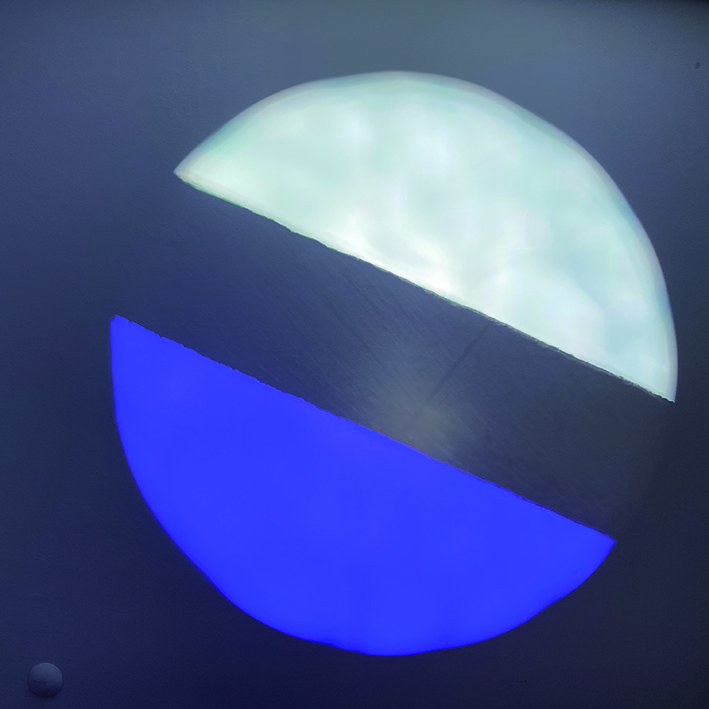
Mechanical components
The Cameo OTOS H5 is equipped with all kinds of functions that make the fixture suitable for hybrid use as a beam and spot light as well as for deployment as a wash
light. An element that is significant for the “spot mode” is the “beam flattener” in the form of a lens with a honeycomb structure, which is located directly behind the lamp
as the first mechanical component.
The beam flattener blurs the hot spot with a honeycomb structure for gobo applications in “spot mode”
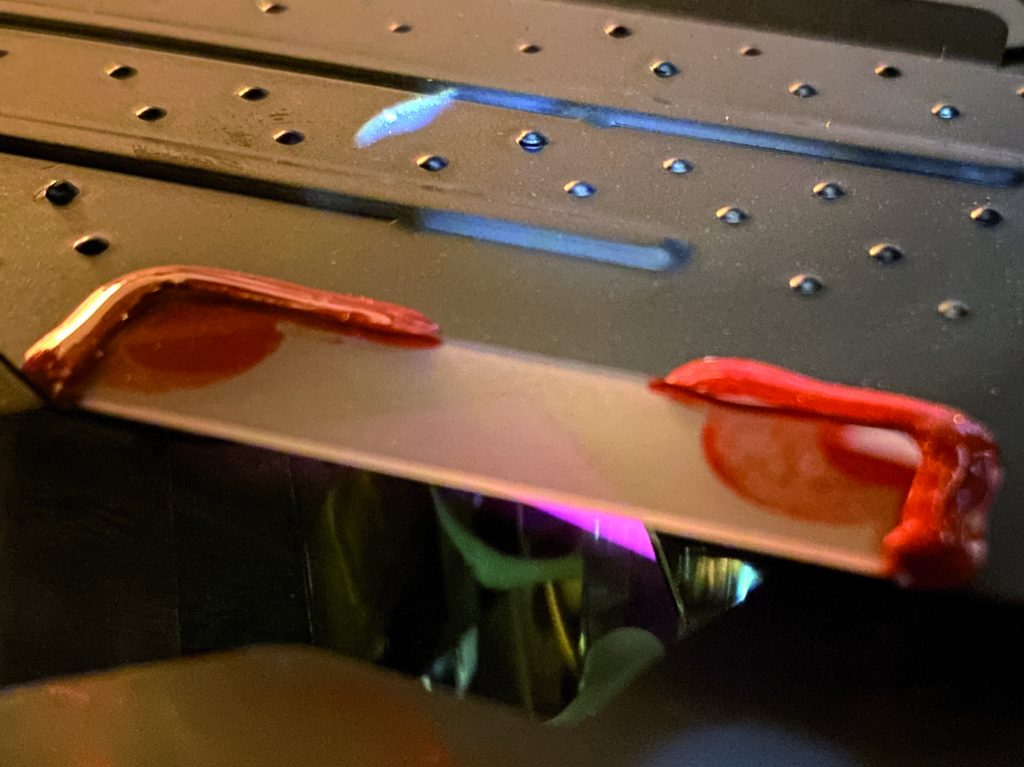
It is followed by the mechanical dimmer and shutter combination, which consists of two flags facing each other. What is striking here is the two flags’ design, which appears to be extremely sophisticated: While one of the two flags has a triangular indentation, the other features a milky matt glass component as well as a special structuring. Presumably, these special adjustments ensure a more homogeneous distribution of light and heat at low brightness levels. Next in line is the removable module already mentioned, in which the CMY colour mixing (mounted in the order MCY as seen from the lamp) as well as the fixed colours, two gobo wheels and a rotatable animation wheel, which – to be precise – can be found between the two gobo levels, find their space. “Space” is just the right keyword, because the free space really has been exhausted to the last millimetre here. This is particularly evident in the fact that the entire MCY colour mixing unit was inserted into the module at an
angle of approximately five degrees to the other components in order to make optimum use of the extremely limited space available. Following the module is the focus lens, which is mounted on a movable plate together with a linear sixfold prism. In the same way, the following zoom lens includes two further functions and carries a circular eight-fold prism on the side facing the lamp as well as a continuously adjustable frost filter on the side facing away from it. As both the zoom and the focus lens – and of course not least due to the additional components attached to them – are relatively massive components, the two prisms, the frost filter and the animation wheel have been fitted with springs that automatically and, above all, quickly pull the functions out of the beam path when the unit is disconnected from power. This reliably protects the delicate elements from colliding with the two lenses and possibly resulting damage. Nevertheless, as soon as the fixture is operated in an standing position and the head points straight upwards, the two lenses’ mounts with their additionally mounted functions follow Newton’s law almost unchecked in the event of a loss of tension and are not additionally damped when they collide.
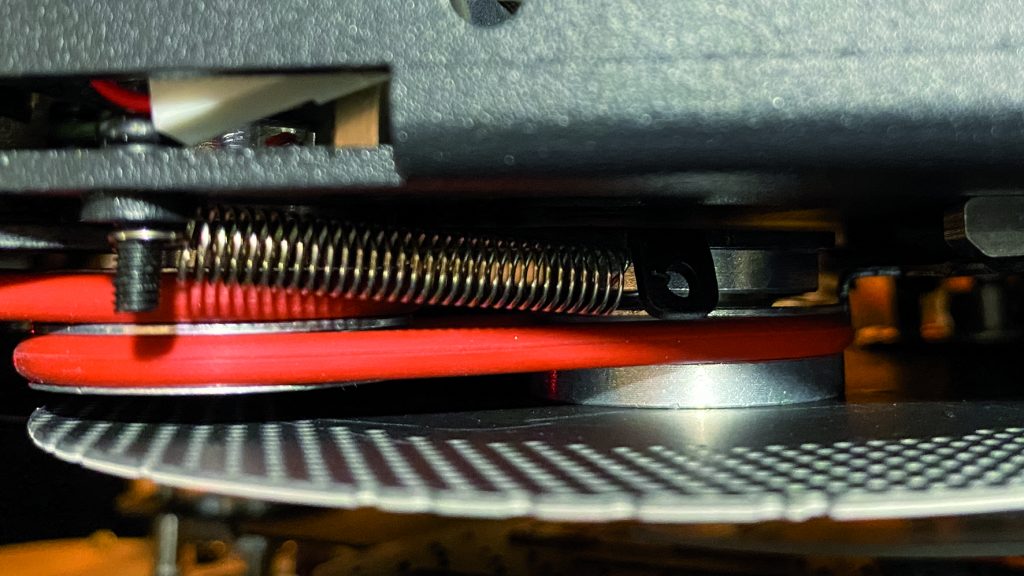
The strong frost filter creates a strong blur but still allows wash beam effects
Powerful discharge lamp
Rotatable gobo wheel with nice selection for backlight effects
The heart of the new OTOS H5 is a 480 Watt “Signify MSD Silver” lamp, which is recommended by the manufacturer for an average operating time of approximately 1,500 hours and is specified with a maximum service life of up to 3,000 hours. The lamp’s colour temperature is approximately 6,800 Kelvin and, according to the manufacturer, already leads to a CRI of more than 80 without further additional filters. In standard mode, the lamp produces a luminous flux of around 19,000 lumens. However, the lamp’s power can be reduced to 380 watts in ECO mode, which has an effect on the lamp’s product life on the one hand and on the speed of the temperature-controlled fans on the other. No menu-driven management with different fan modes is included at this point, as the air circulation automatically reacts to the temperature inside the luminaire and the cooling of the discharge lamp, especially in an IP65 shielded unit, requires a certain amount of supply and exhaust air. Conversely, however, this also has a direct impact on the luminaire’s operating volume, which is significantly louder than, for example, recent generation LED headlamps, both at full and reduced lamp power. However, as the OTOS H5 will be used less in theatres or TV studios and more in touring, event and outdoor environments, this aspect will probably be tolerable in most cases, especially as – thanks to the good shielding – the unit and the lamp are designed for operation in extreme temperatures from minus 15 degrees Celsius to plus 40 degrees Celsius. The electronic power supply provides the required energy in a voltage range between 100 and 240 volts. The fixture’s total power is (normally) specified at approximately 700 watts.
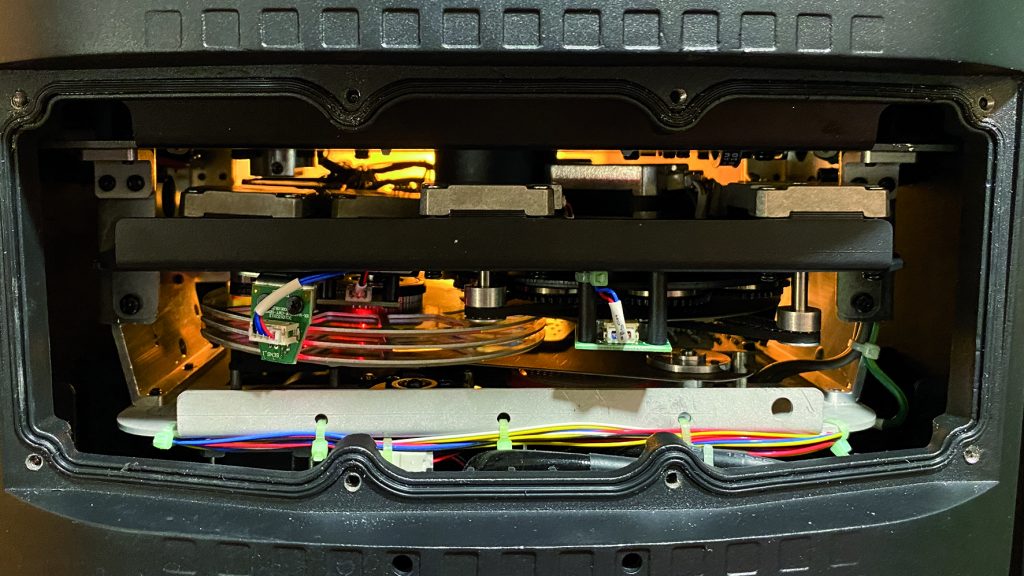
Hybrid functions in live use
The lamp used produces a cone of light that forms a clearly perceptible hot spot. It is therefore perfectly suited for use as a beam spotlight, especially in combination with the static gobo wheel. The gobo wheel has a total of 19 positions and is designed in the form of a metal disc out of which the respective gobos have been punched out.
In addition to the open position, 13 static gobos and six “beam reducers” in different sizes are available, which allow the OTOS H5 to produce a beam angle of up to just two degrees. The characteristics of a spotlight are supported with the help of the “beam flattener”, which, due to its structure and position directly behind the lamp, softens the entire following light cone and thus blurs the otherwise quite clearly recognisable hot spot. Although this function is mechanically separate, it is addressed via the rotatable gobo wheel’s control channel and is located at the first gobo position stored in the software.
The static gobo wheel features 13 gobos for strong beam effects as well as six beam reducers for a beam angle of up to 2°
The rotatable gobo wheel features eight gobos that can be pulled out of their plug-in socket together with their mounts if they need to be replaced – of course, after removing the module from the fixture. Due to the small components on the one hand, due to the static gobo wheel located above it on the other and last but not least, depending on the size or thickness of one’s fingers, this can however be a somewhat fiddly affair and may require some practice. The characteristic of a wash light is generated in the interaction of the large front lens and a strong frost filter, which, viewed from the lamp, can be introduced into the light cone as the last mechanical component. Although this can be done without steps, a real wash effect is only achieved when the frost filter is used completely. Using the two prisms or the gobo wheels, it is then also possible to create wash beam effects. In addition to the special feature that the CMY colour mixing unit was included at a different angle to the other components in order to make the best possible use of the available space, the 15 static colours were also accommodated evenly on the three CMY colour
discs, thereby saving an enormous amount of space for further mechanical components and additional stepper motors. Thus, the colours Medium Blue, Blue-Green, CTO
2,600K, CTO 3,200K and Congo Blue are located on the Cyan wheel. The Magenta wheel also features the colours Lavender, Magenta, a High CRI filter, UV and Red, while
the Yellow wheel also includes the colours Lime, Yellow, Light Orange, Orange and Amber. The static colours are therefore already very sensibly arranged onto the three wheels in accordance with their colour spectrum.
Summary
Already during the test of the pre-series unit with software version 0.9., both the workmanship of the housing and the selection of available components in the new Cameo OTOS H5 ensured an absolutely suitable overall impression for the targeted application field. From a purely system-technical point of view, too, the unit is state-of-the-art with battery-supported menu navigation, RDM support and the integrated W-DMX transceiver to enable the activation of wired signal forwarding even with wireless signal reception. Last but not least, the water-repellent design, the robust die-cast aluminium housing and the extreme temperature range for which the luminaire is designed offer pretty much exactly what an outdoor-ready device should offer. The unit’s behaviour after a reset has also been solved in a contemporary way, as the fixture first reduces the brightness discreetly at the start of the procedure, only assuming all the DMX values that are present at the end of the procedure in the blackout,
before then slowly regulating to the brightness value that was present at the time.
The artistically valuable functions are also worth mentioning. With the mix of rotatable glass gobos, static metal gobos and beam reducers, which amount to 27 in total, there should be something suitable for truly every application. In addition, the well thought-out arrangement of the various components and the powerful lamp enable the use of many effects at the same time without losing too much output. The somewhat “slanted” colour mixing unit also subtracts the reds and greens, which are rather problematic to mix, powerfully and richly from the spectrum. Additionally, despite its somewhat unconventional positioning, it does not cause any disturbing reflections in the head’s interior, although its internal metal parts have not been additionally blackened.
It is clearly recognisable that the Adam Hall Group also places a large emphasis on a balanced price/performance ratio in this segment of its overall catalogue. The RRP is set at 7,873.25 euros. On the one hand, this is achieved by the fact that the Cameo devices are also ultimately produced in China. On the other hand, the complete development as well as the production of prototypes takes place at the company’s headquarters. The necessary periphery in the form of labs with pollutant analysis, measuring rooms, an IP splash water chamber, drop simulator, and more is now also available. Cost-intensive intermediate steps therefore do
not have to be outsourced to external companies and charged on to the customer at the end. At the beginning of April this year, the new OTOS H5 was able to prove that
these plans paid off during the delivery of a ship to a wellknown cruise company, where around 150 units were deployed and provided spectacular outdoor images.
Further information:
production-partner.de
Copy: Torben Lehmann, Production Partner
Images: Torben Lehmann, Production Partner / Adam Hall Group


